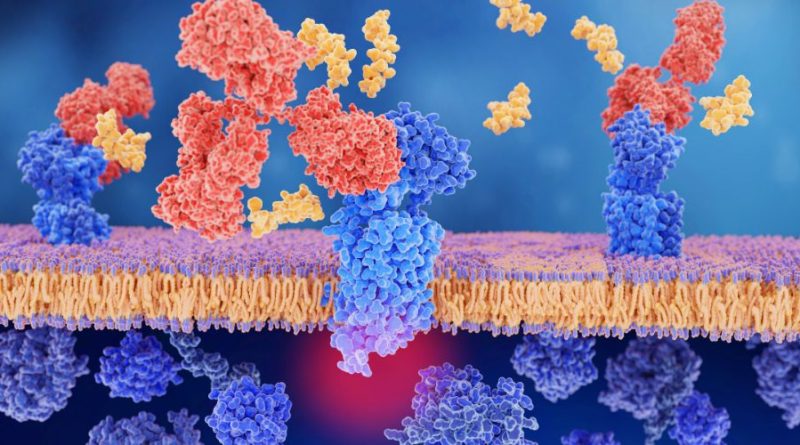The Evolution of Peptide Chemistry: A Historical Perspective
Introduction
Peptides are short chains of amino acids that play crucial roles in a variety of biological processes. Over the years, peptide chemistry has experienced remarkable advancements, leading to improved synthesis methods, increased understanding of structure-function relationships, and the development of innovative applications in the medical field. This article takes you on a historical journey through the evolution of peptide chemistry, highlighting key milestones and discoveries in this fascinating field.
Early Beginnings and Natural Peptides
The study of peptides began in the early 20th century when researchers isolated natural peptides from biological sources. One of the most notable discoveries during this period was the identification of insulin as a peptide hormone responsible for regulating glucose metabolism. The isolation and characterization of other bioactive peptides, such as oxytocin and vasopressin, further fueled interest in understanding the role of these molecules in various physiological processes.
Chemical Synthesis of Peptides
In the 1950s, advancements in peptide synthesis techniques revolutionized the field of peptide chemistry. The development of solid-phase peptide synthesis (SPPS) by Robert Bruce Merrifield in 1963 was a significant breakthrough. SPPS paved the way for the efficient and automated assembly of peptides, enabling the synthesis of longer and more complex sequences. This technique remains the foundation for peptide synthesis to this day.
Structure-Function Relationships
The elucidation of the three-dimensional structures of peptides has provided valuable insights into their functions. Dorothy Hodgkin’s work on insulin’s crystal structure earned her the Nobel Prize in Chemistry in 1964. With the advent of techniques like X-ray crystallography and nuclear magnetic resonance (NMR) spectroscopy, researchers gained a deeper understanding of how peptide structure relates to biological activity. This knowledge played a crucial role in the design of peptide-based drugs and therapeutics.
Peptide-Based Therapeutics
Peptides have emerged as versatile molecules with immense therapeutic potential. The development of peptide-based drugs has significantly expanded the arsenal of treatments available to patients. Hormone analogs like somatostatin analogs and luteinizing hormone-releasing hormone agonists have revolutionized the management of certain endocrine disorders. Furthermore, peptide-based inhibitors and vaccines have shown promise in the treatment and prevention of various diseases, including cancer and infectious diseases.
Peptide Mimetics and Peptidomimetics
Building on the knowledge gained from natural peptides, researchers have explored the design and synthesis of peptide mimetics and peptidomimetics. Peptide mimetics are non-peptide molecules designed to mimic the structural and functional properties of natural peptides. These compounds often possess improved stability and bioavailability compared to peptides. Peptidomimetics are a broader class of molecules that mimic the spatial arrangement and biological activity of peptides. These synthetic molecules have shown promise in drug discovery efforts.
Future Directions and Conclusion
The evolution of peptide chemistry has opened up exciting possibilities for the future. Advances in peptide synthesis techniques, computational methods, and structural biology continue to drive the discovery of novel peptides and their applications in medicine. The integration of peptides with nanotechnology, as well as emerging fields like immunotherapy and personalized medicine, hold great promise for addressing unmet medical needs. Peptides, with their inherent specificity and versatility, are set to play an increasingly significant role in the development of innovative therapeutics.



